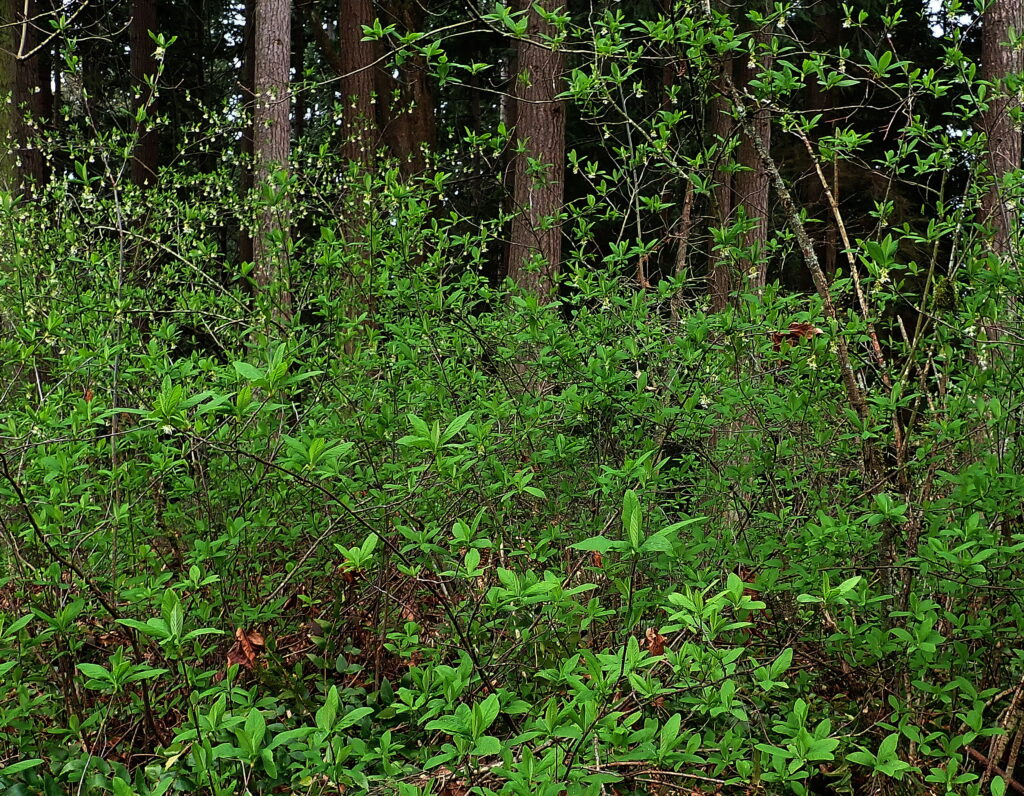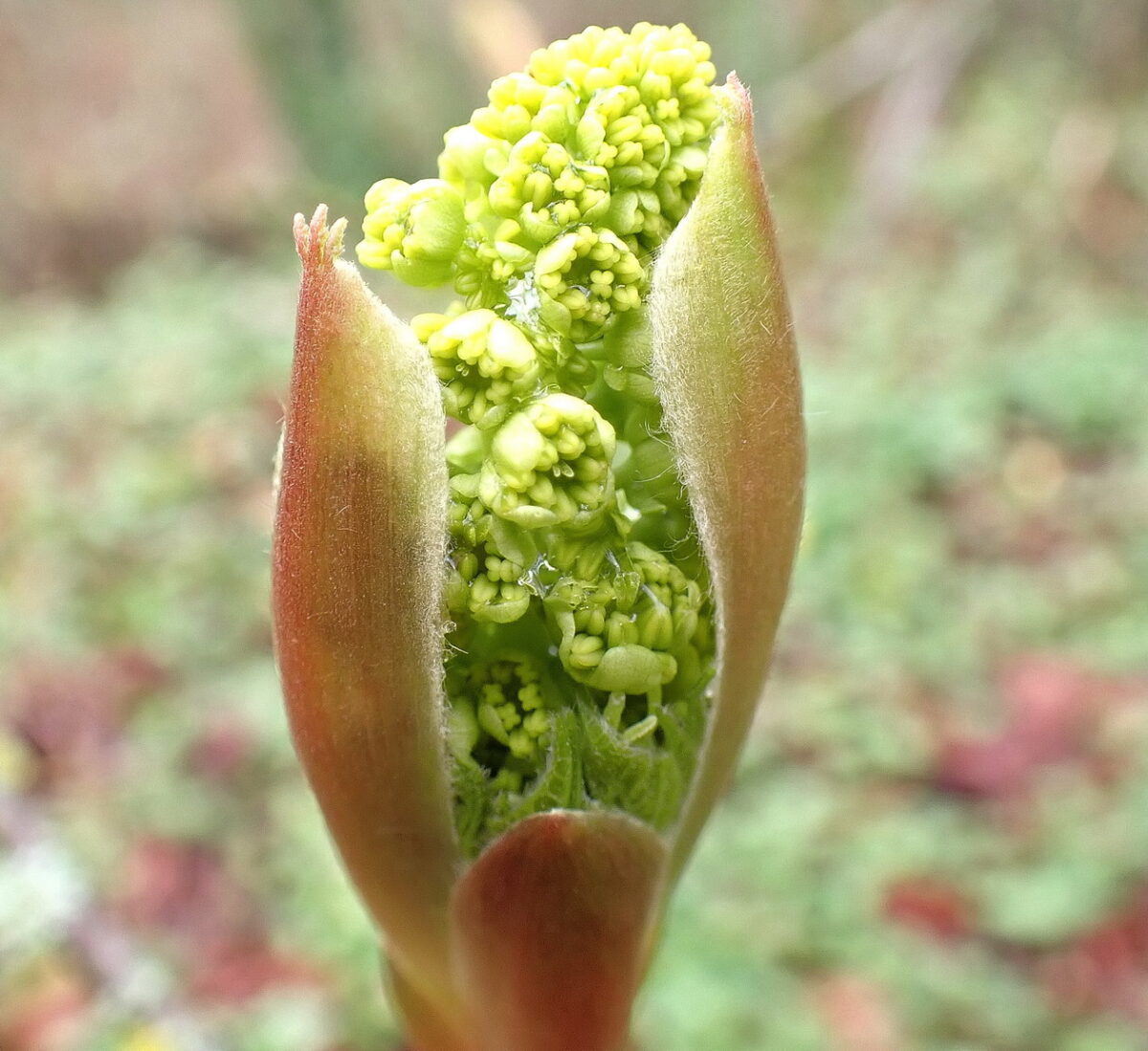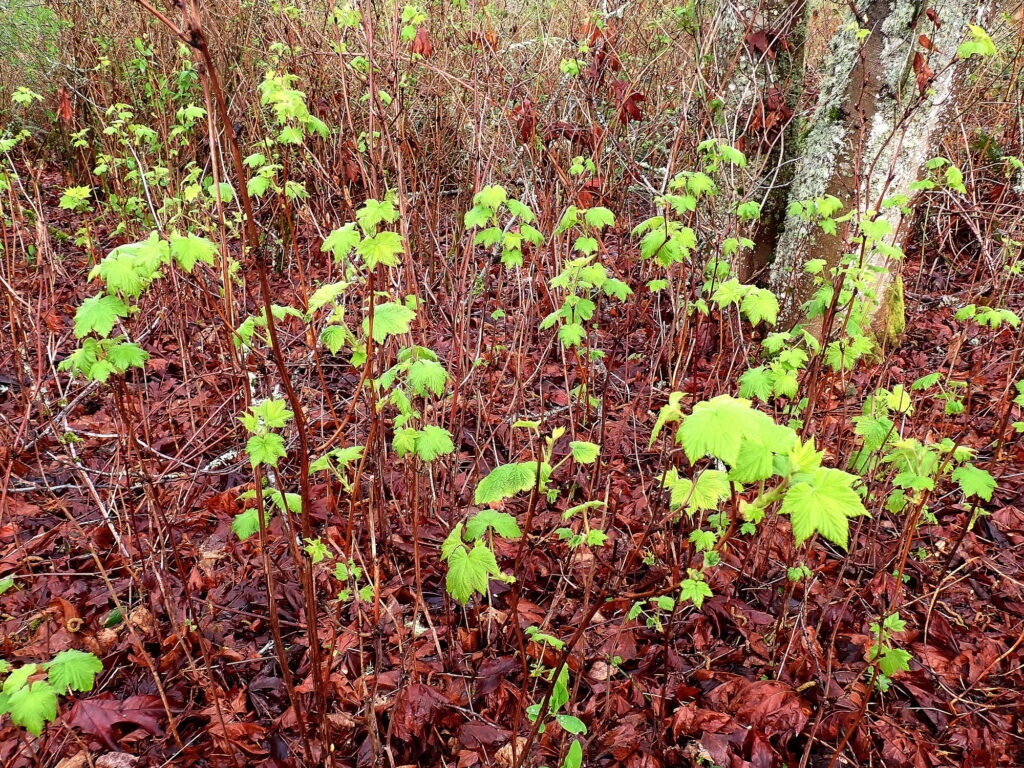
I learned recently (here) that changes in daylight hours determine when buds set and dormancy begins in winter, but temperature is the main factor in determining when the buds break in spring and leaves unfurl.


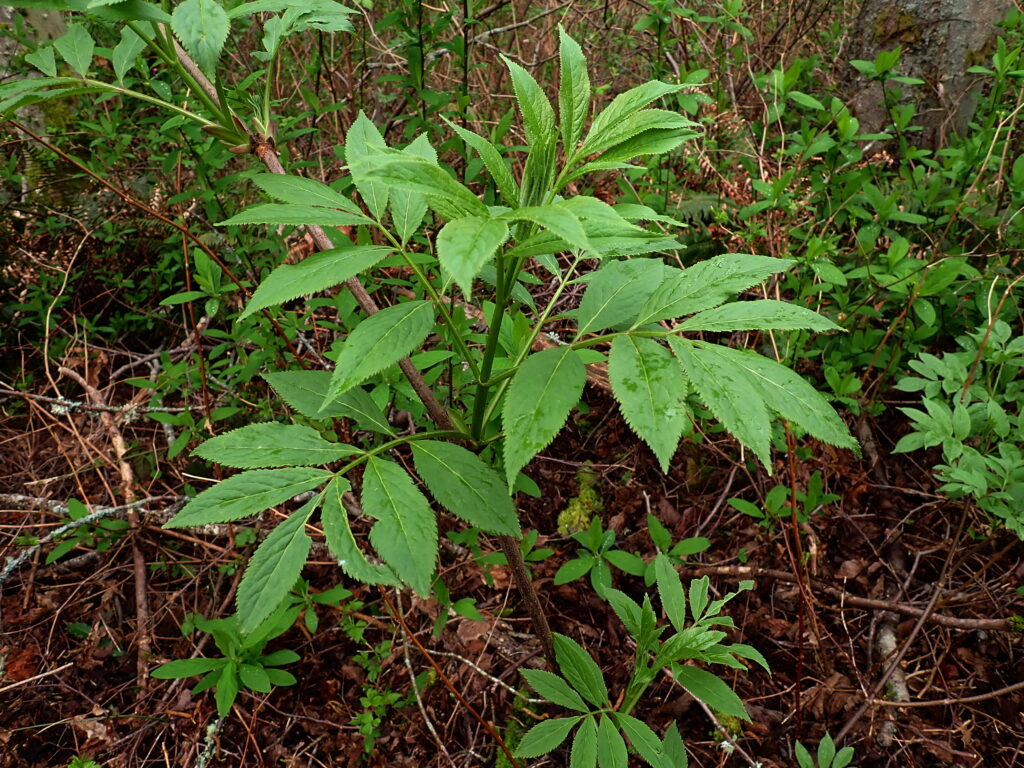
A close look at Red Huckleberry (Vaccinium parvifolium) reveals that the white features on the stems are not flowers but bud scales that offered protection while the leaves began to form.
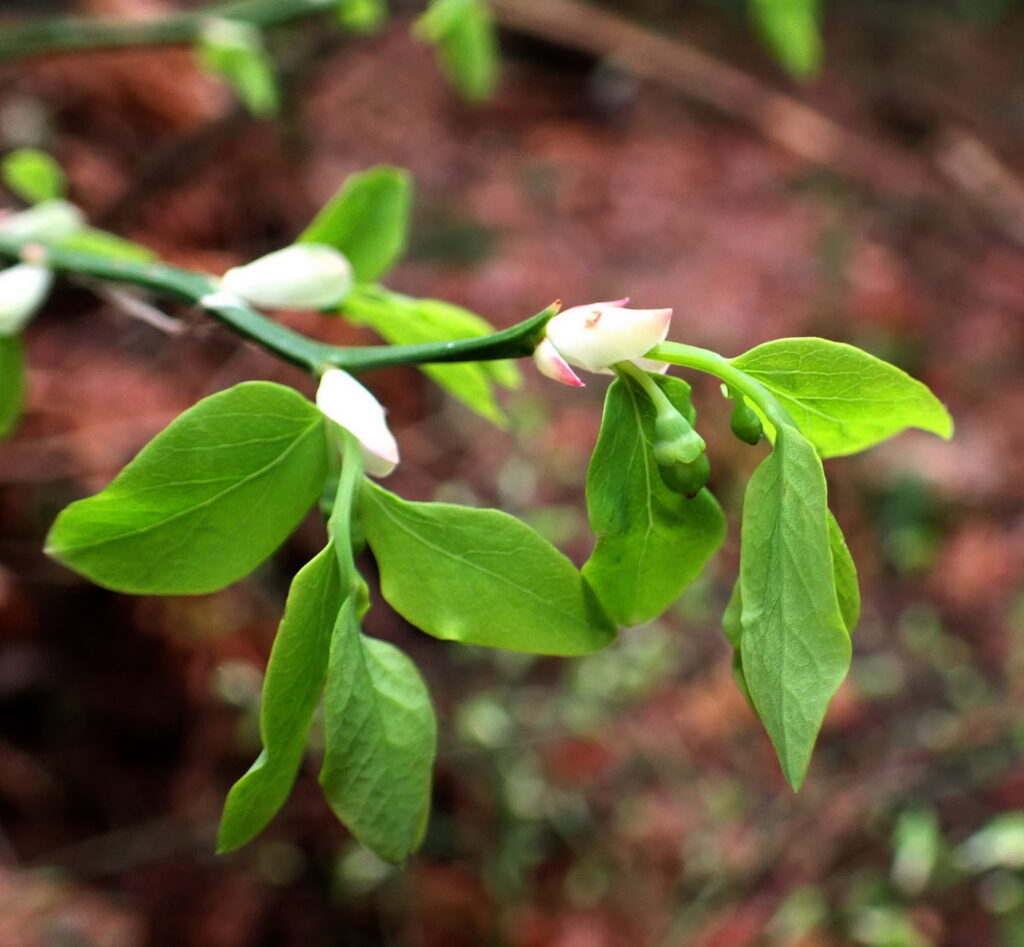

The flowers of the Bigleaf Maples (Acer macrophyllum) begin to open before the leaves appear.
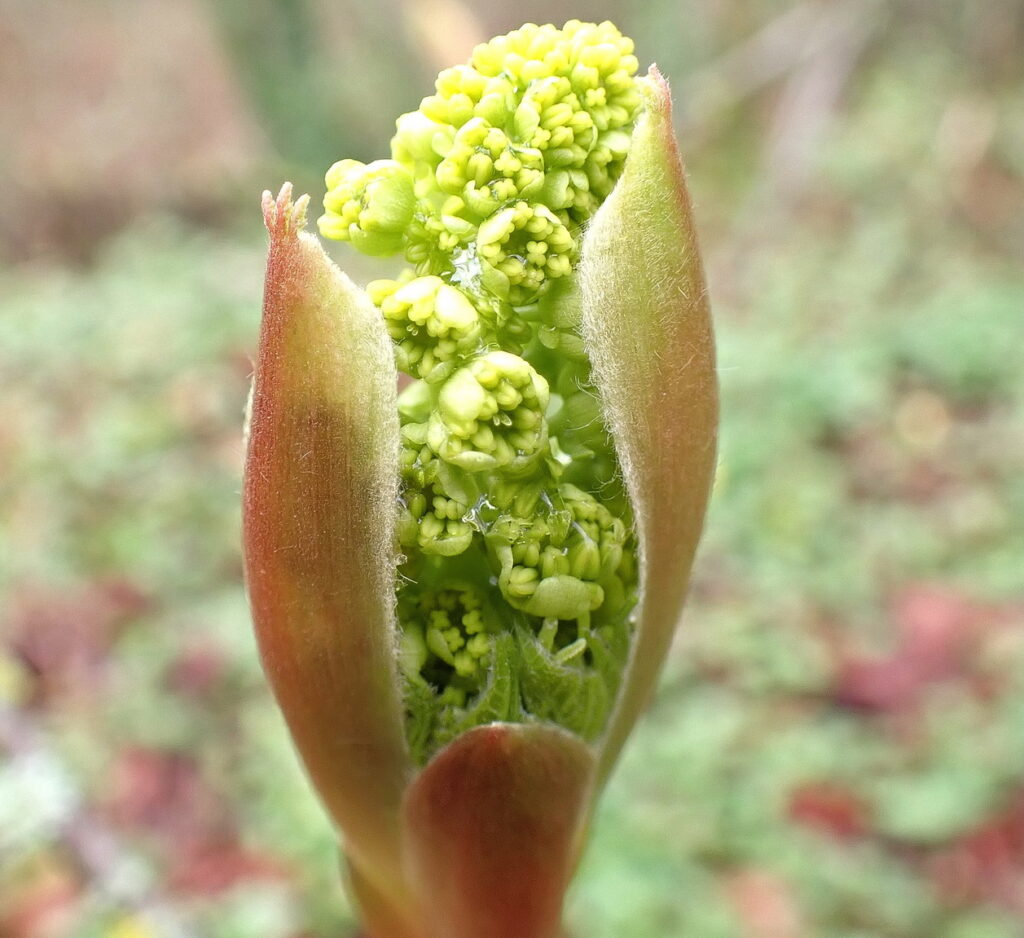
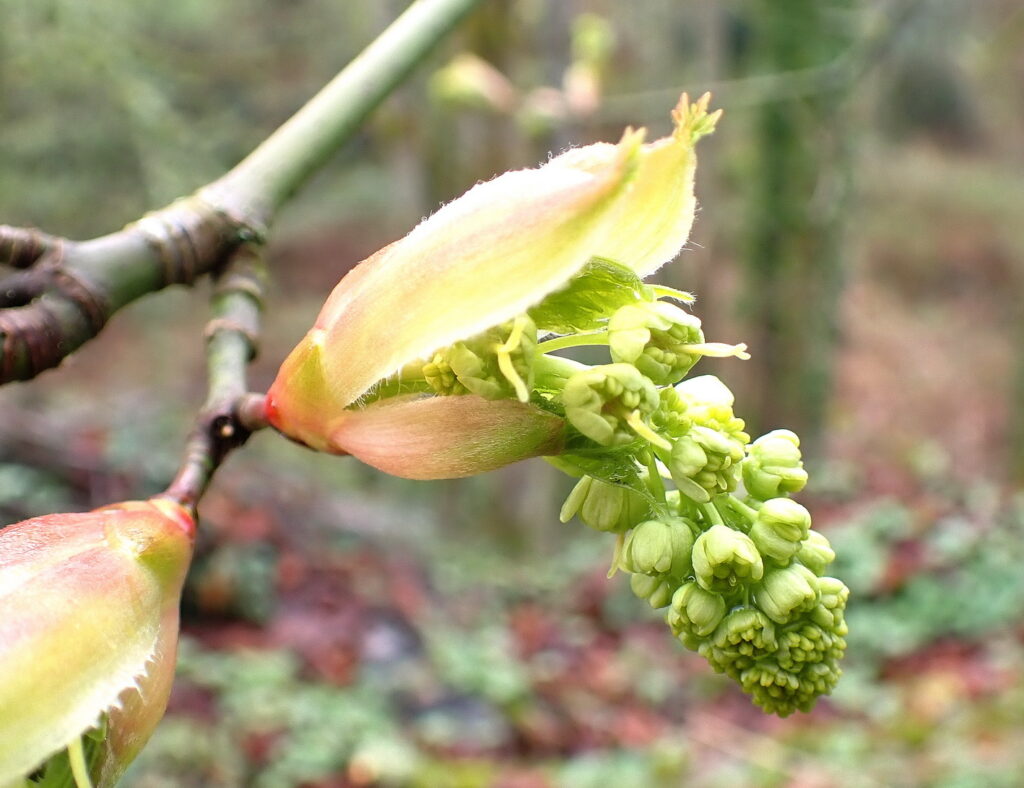
A Red Alder (Alnus rubra) catkin lies snagged on the new leaves of an Osoberry (Oemleria cerasiformis).
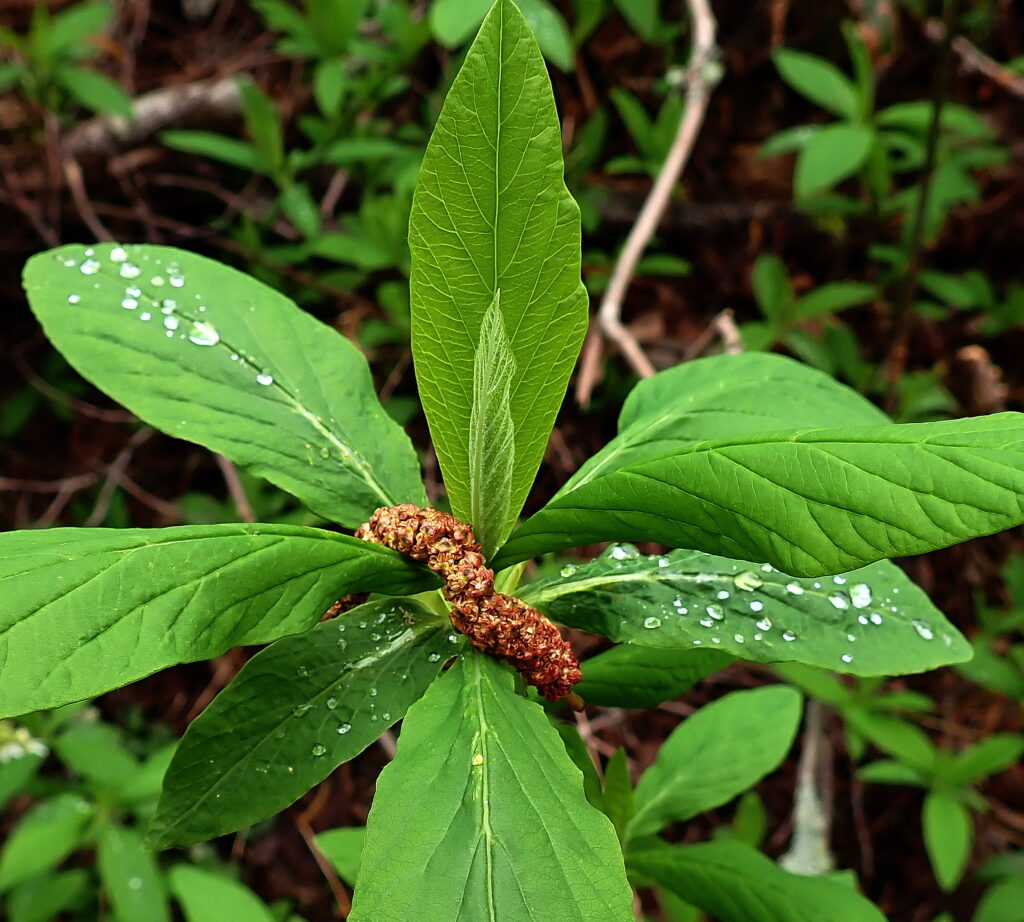
Though the Osoberry shrub “forms thickets by suckering,” when I see isolated seedlings like this, I think they must have sprouted from seed.
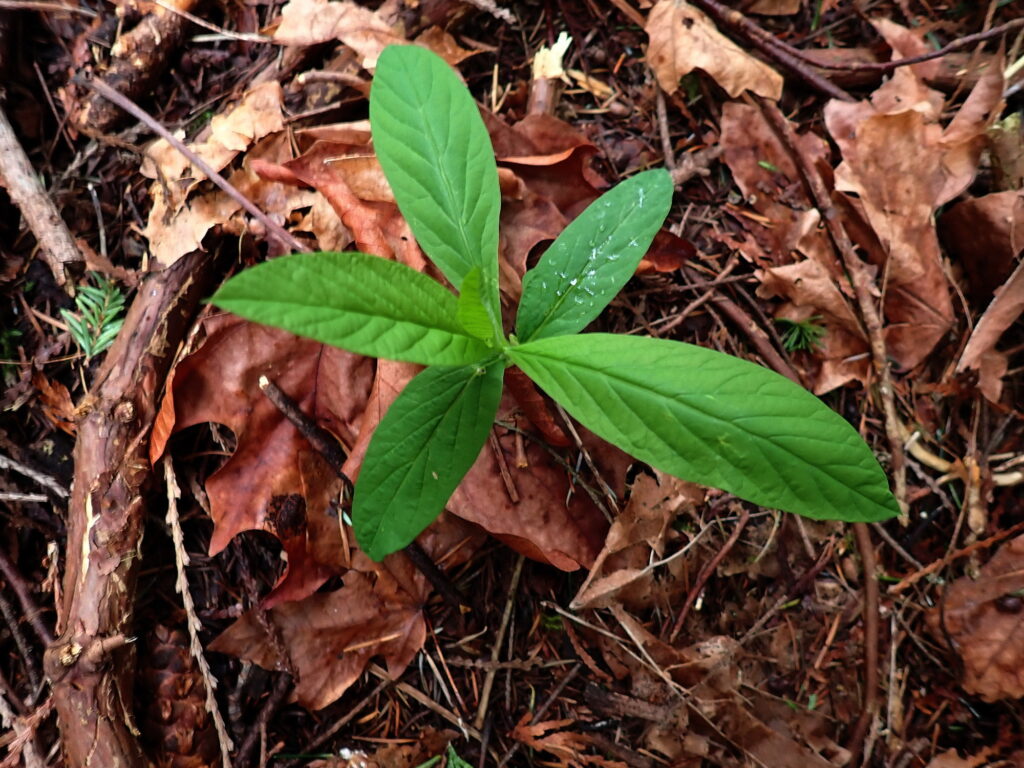
The Red Flowering Currant (Rubus sanginium) is one of the early highlights of the spring forest.
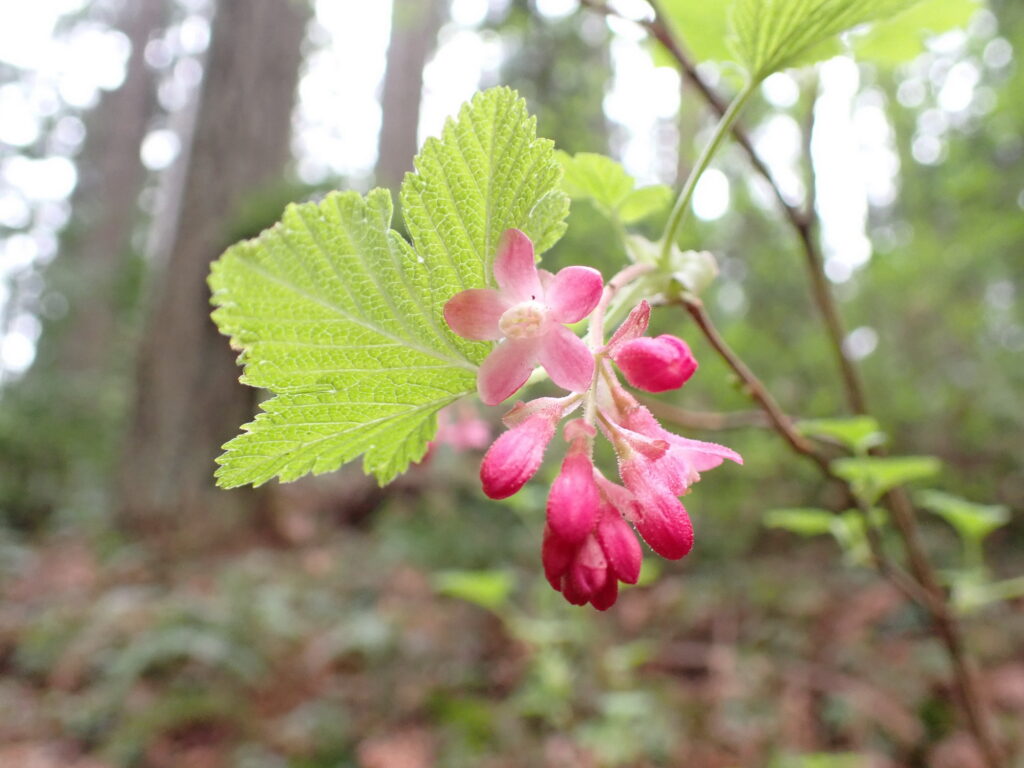
If the spot doesn’t drain, the Skunk Cabbage (Lysichiton americanus) will reign.
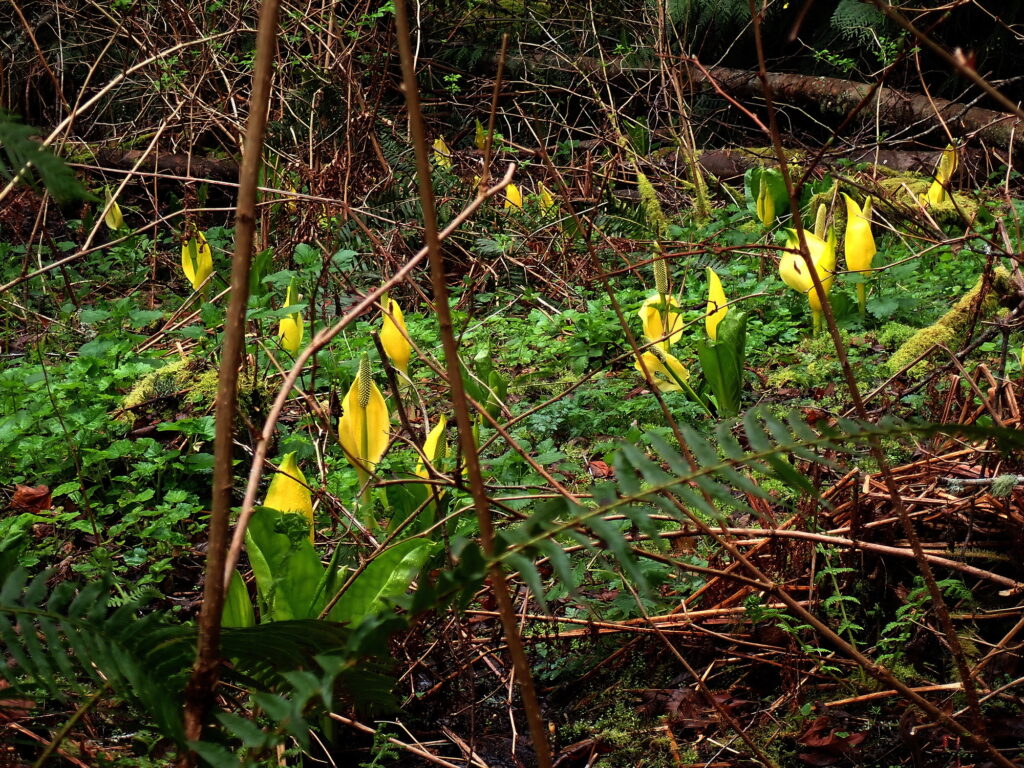
The spathe (a modified leaf) wraps around the spadix (small flowers on a fleshy stem).
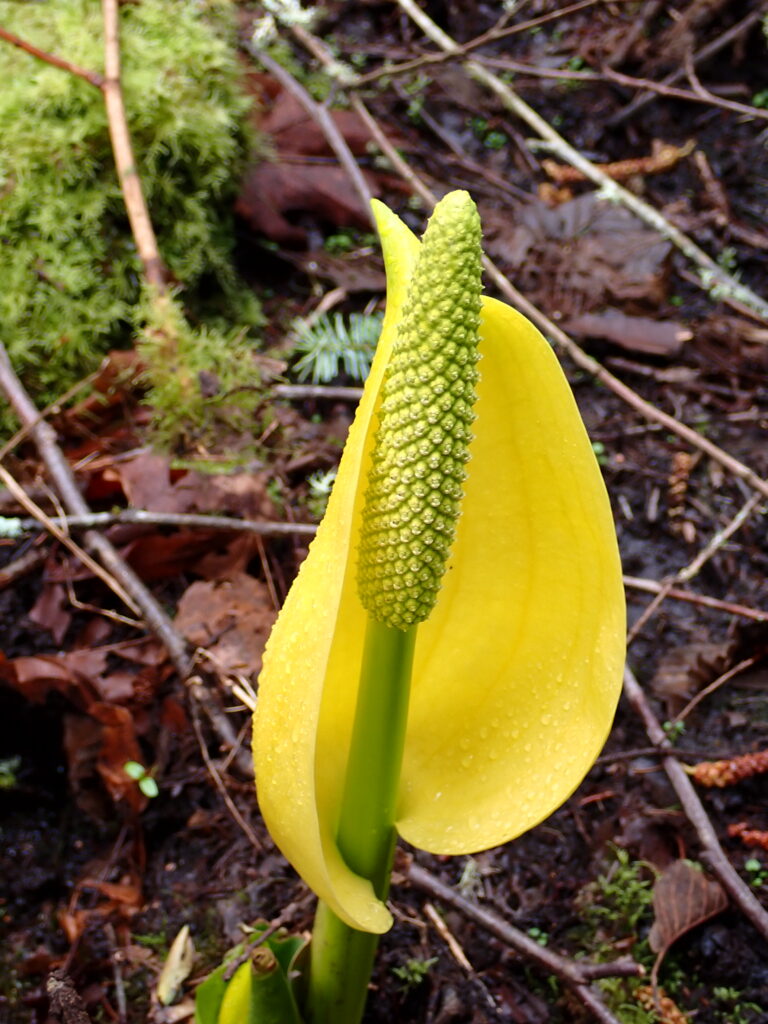
It all happens too quickly in spring. No sooner have the buds begun to break than the woods fill up with leaves.
